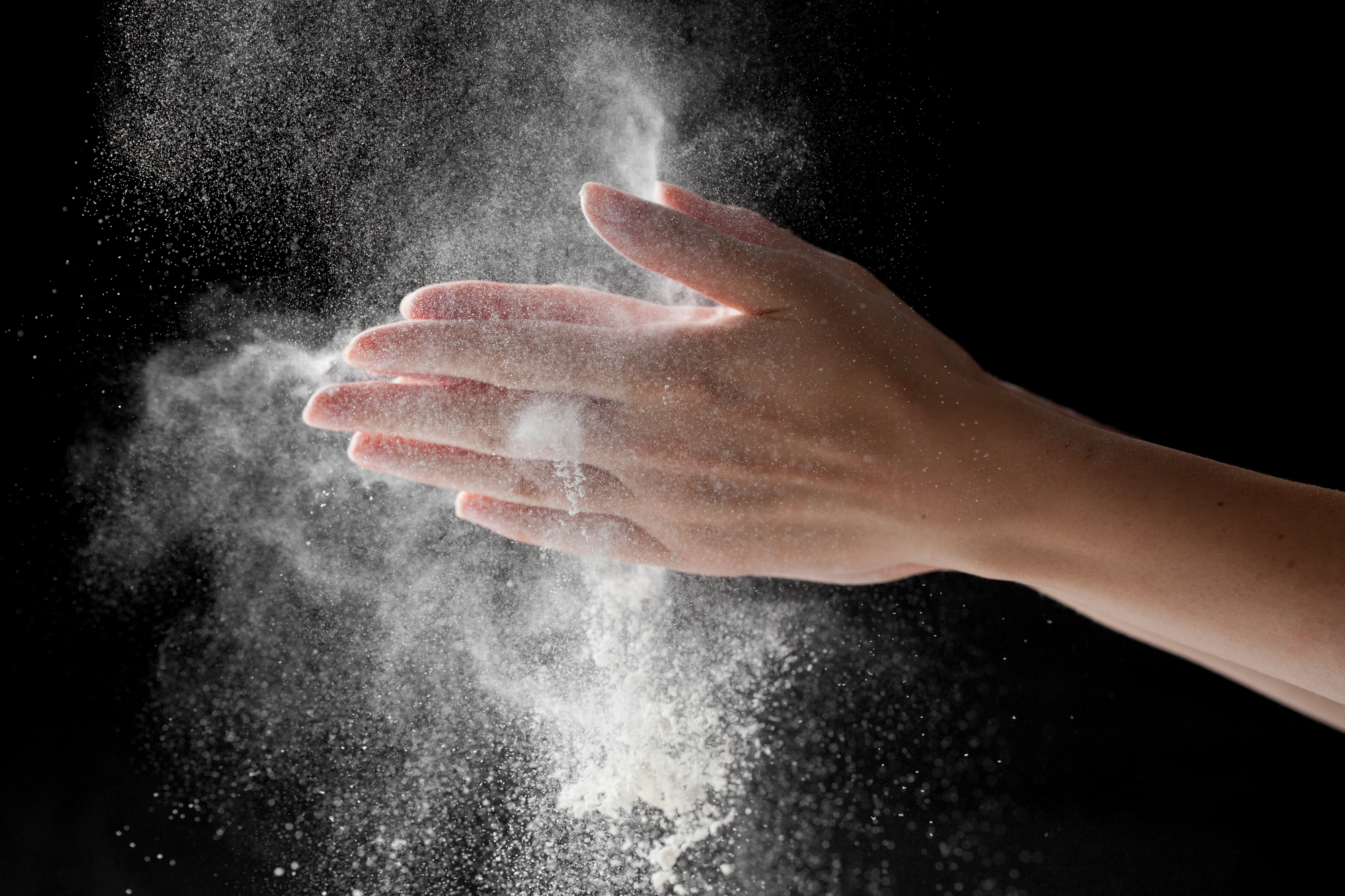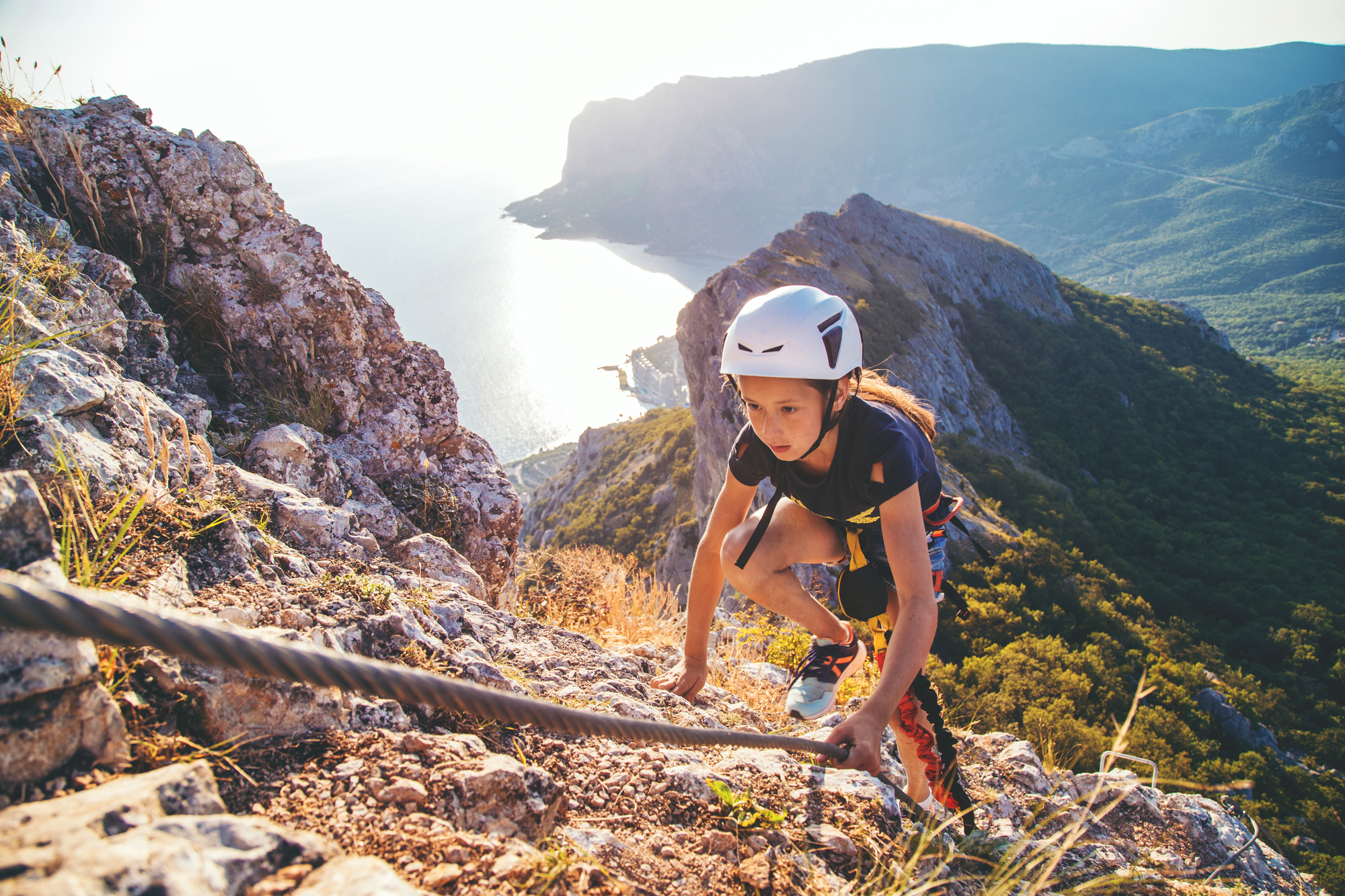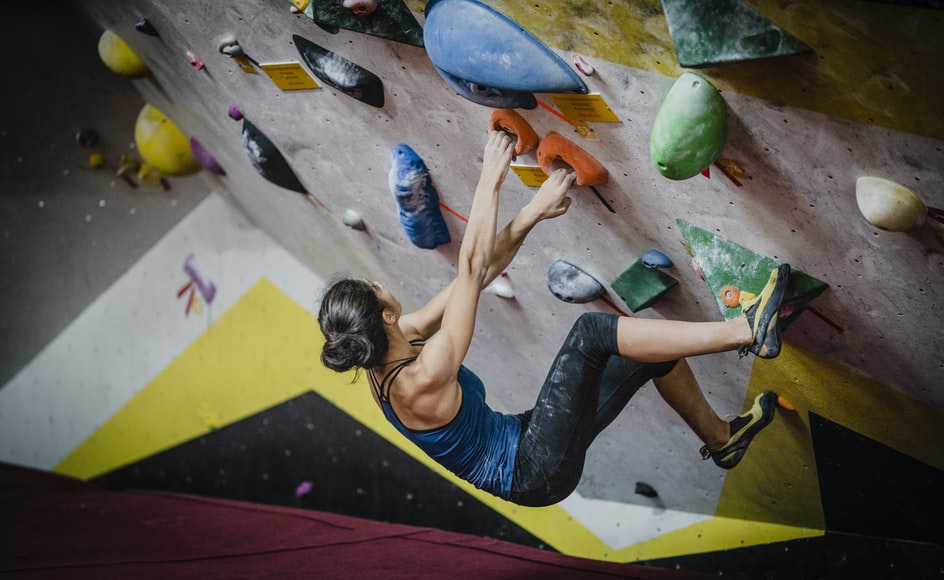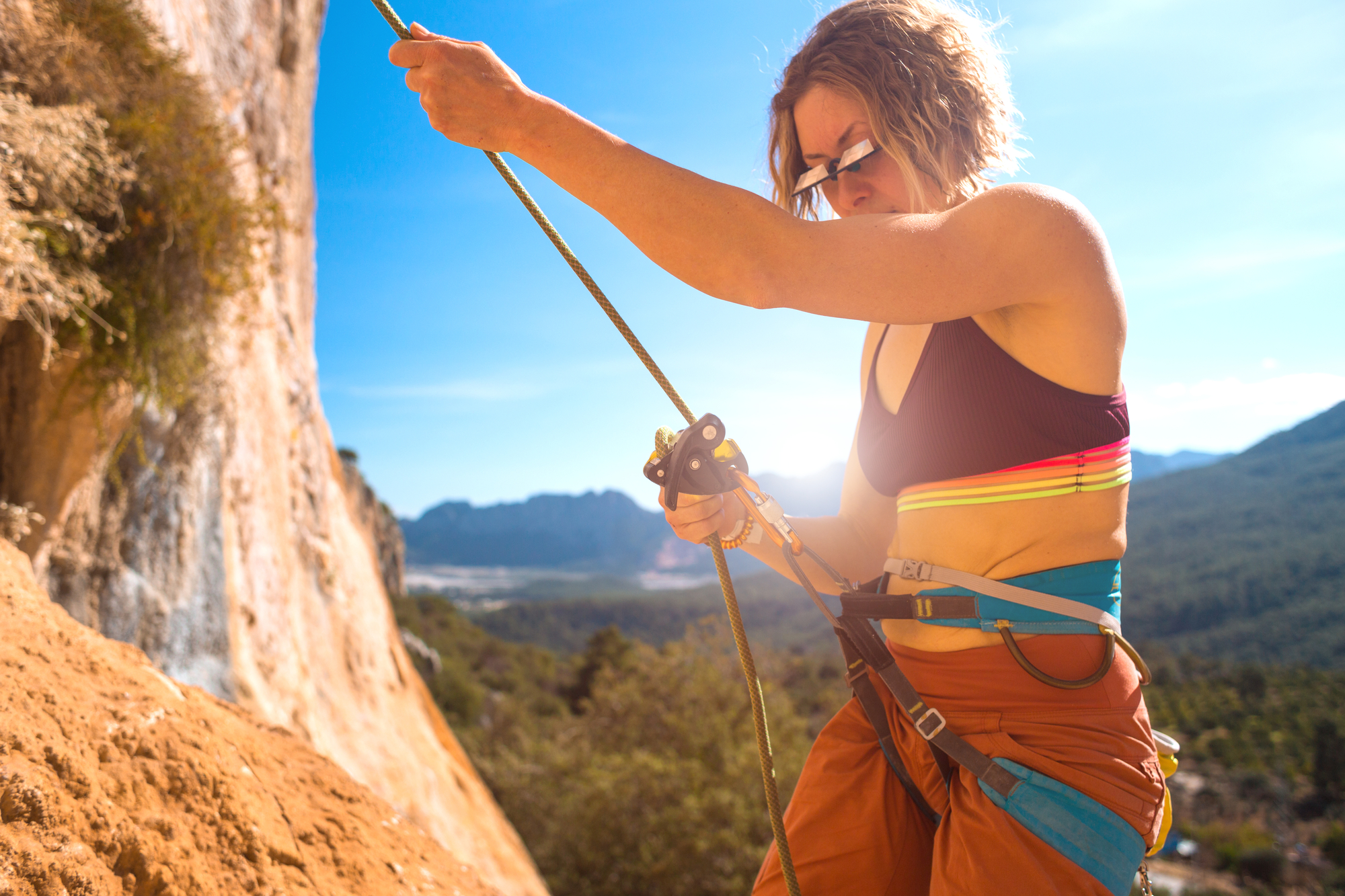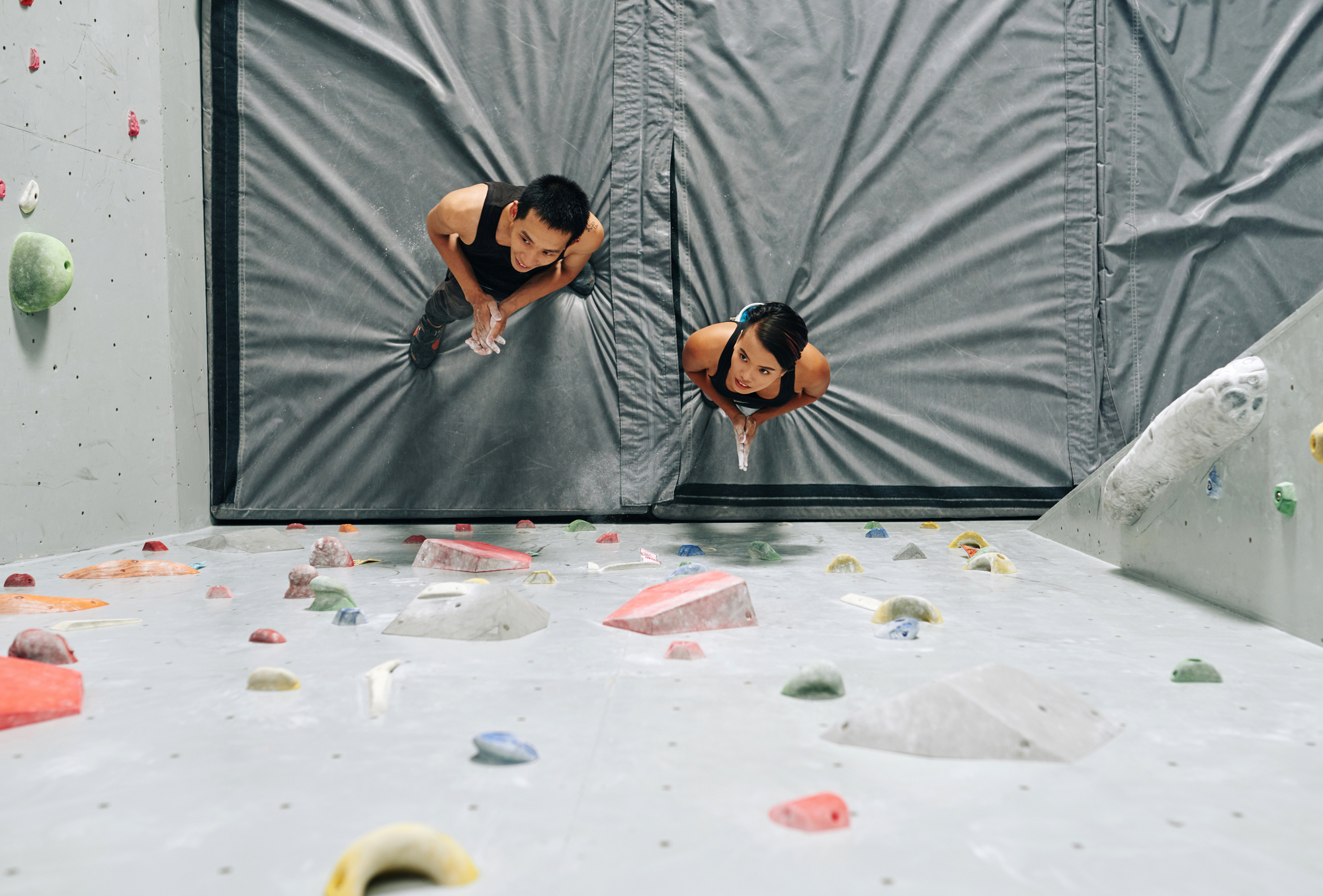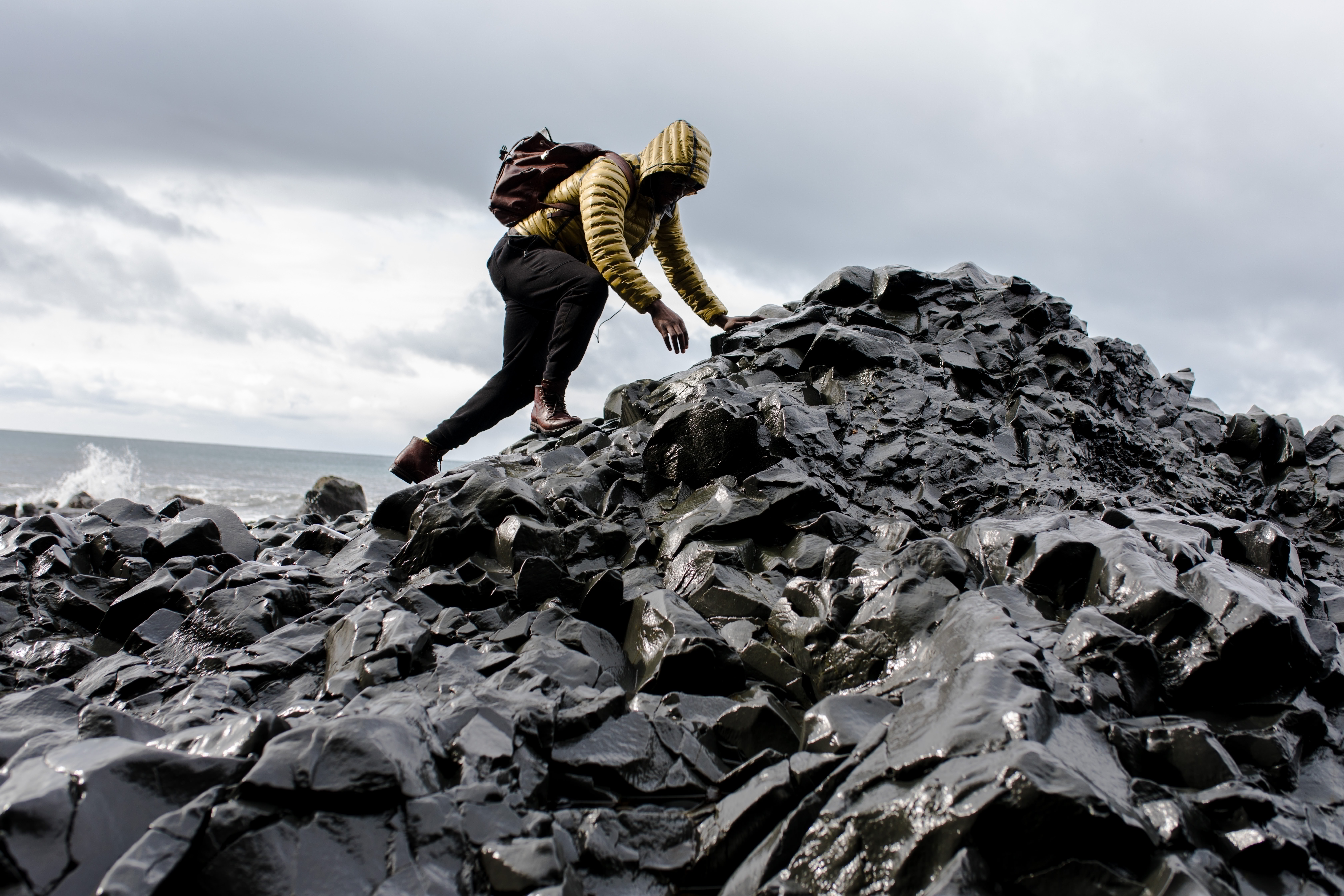If you’re an avid climber, climbing chalk is probably a staple in your gear. After all, climbing chalk makes climbing more comfortable and safe as it helps you have a firmer grip on the climbing surface.
However, have you ever wondered whether using chalk dust can be dangerous to your health?
Let’s find out!
What is Climbing Chalk Make From?
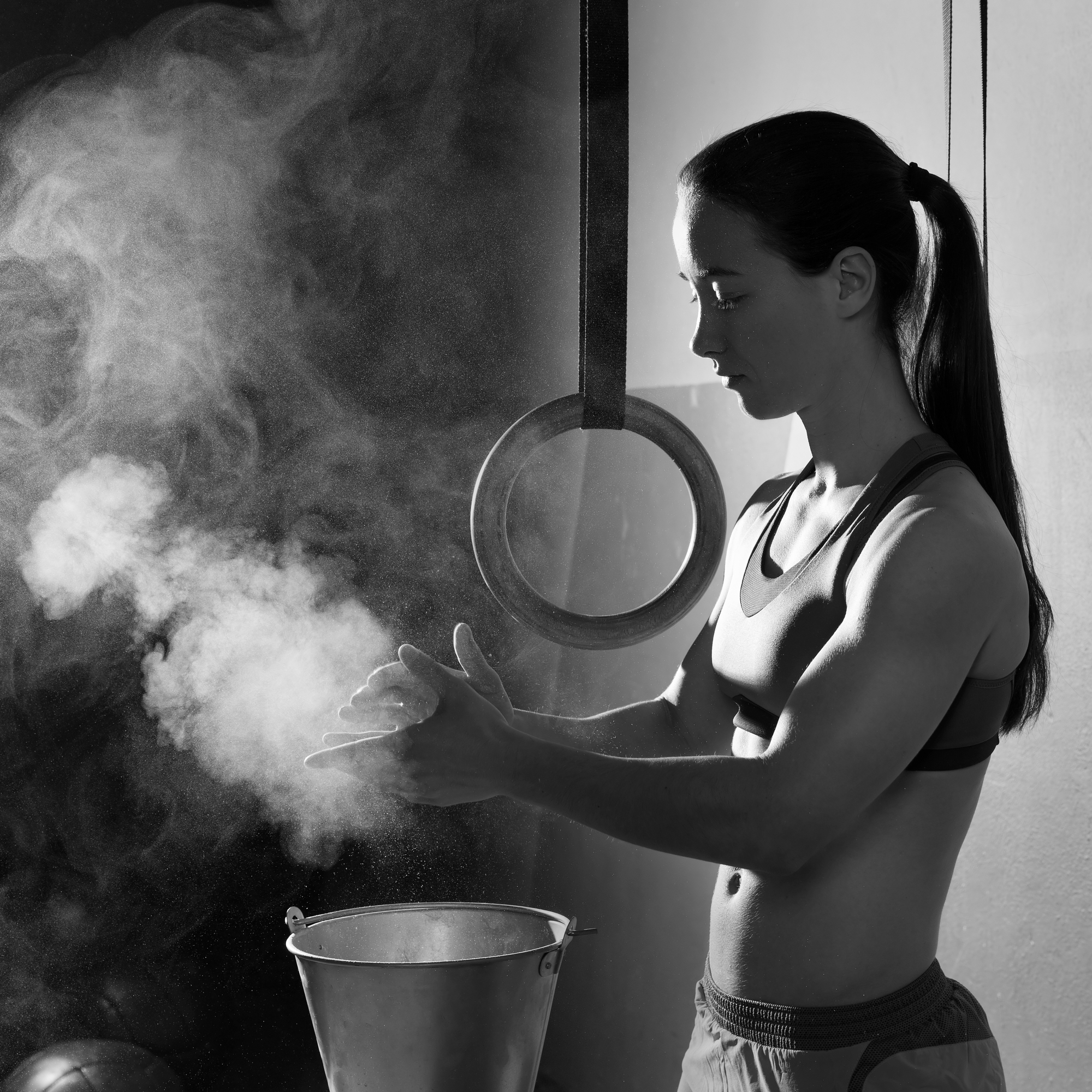
First, let’s talk about what climbing chalk is. It’s not the same as classroom chalk. Climbing chalk is made from magnesium carbonate, whereas classroom chalk is made from calcium carbonate.
This is why you should only use climbing chalk when climbing; it’s specifically designed to repel water and give you a good grip even when your hands are sweaty. Other types of chalk, such as classroom or sidewalk chalk, absorb moisture, making your hands gunky and reducing your grip!
Is It Dangerous to Your Health?
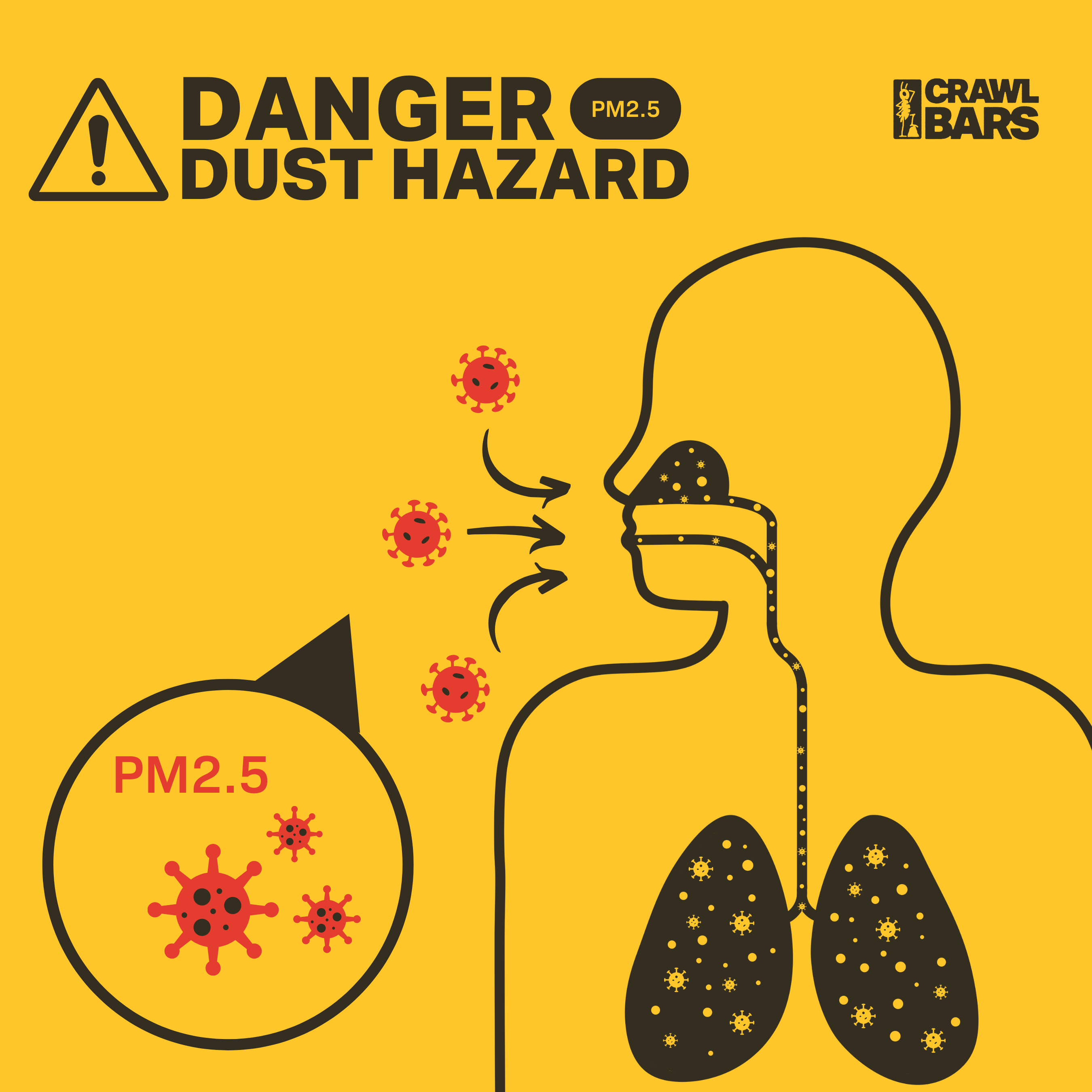
Alright, time for the critical question: is it dangerous to use climbing chalk?
It depends.
Climbing chalk is an inert, non-toxic compound. You can even ingest tiny amounts of it without any adverse effects. However, breathing it in is another matter.
Breathing in climbing chalk dust can cause respiratory issues and cause symptoms such as asthma, coughing, and wheezing. What’s more, contaminants in the chalk can cause illnesses.
For example, if you use climbing chalk outdoors, you’re probably not washing your hands regularly. When you pinch the chalk, bacteria can transfer on the chalk and become airborne as you rub the chalk into your skin.
Indoor climbing gyms are pretty notorious when it comes to the amount of chalk dust in the air. A 2016 study found that poorly-ventilated climbing gyms can cause adverse effects on your health, given the amount of chalk dust, dust mites, and other harmful debris in the air.
Another study conducted by the University of Colorado also concluded that indoor climbing gyms that don’t use air cleaners have higher instances of respiratory illnesses such as pulmonary problems and asthma.
Aside from inhalation, chalk dust can irritate your skin when used excessively. Remember, chalk dust is an abrasive desiccant, which means that whenever you use the substance, microscopic particles are rubbing against your skin constantly. Over time, this can lead to your skin drying out and cracking.
Tips for Using Chalk Dust Safely
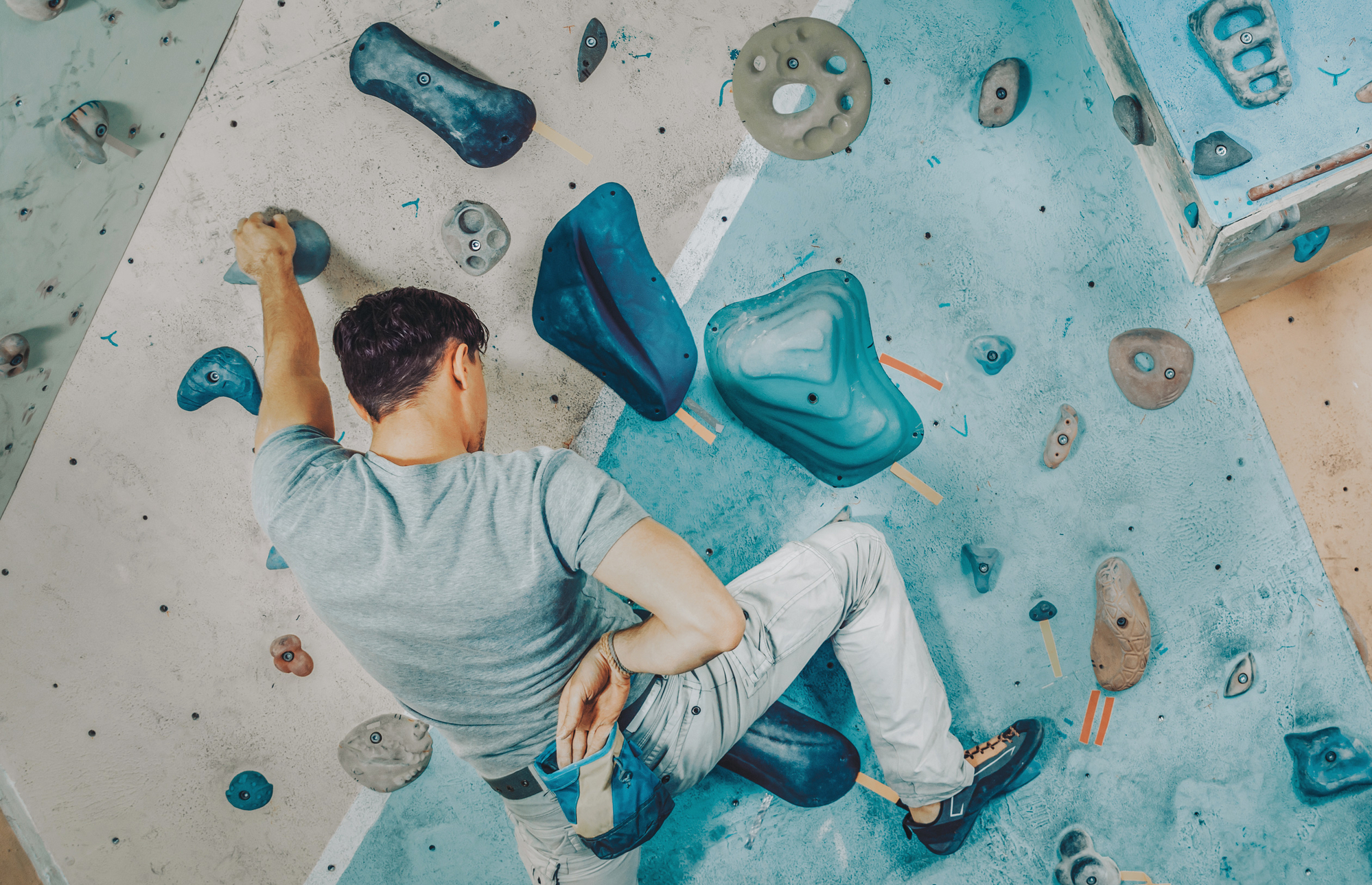
Since you need climbing chalk to make your climb safe, how do you ensure you use it safely? Here are ten things that you can do:
Use climbing chalk only when necessary - Learn when you need to use chalk. As mentioned above, excessive use of climbing chalk can lead to respiratory and skin problems. If you’re climbing indoors, you’ll probably not need to use chalk since you can use grips along the climbing route.
Avoid crowded indoor climbing gyms - While it’s fun to hang out with climbing buddies at a climbing gym, look for ones that have good ventilation and wide spaces. Busy and cramped climbing gyms probably don’t have good ventilation, and you’ll be at risk of breathing in chalk dust and other harmful particulates.
Use a facemask - if using climbing chalk is unavoidable, you can wear a facemask to help protect you against the particulates. You might find it a bit harder to breathe, particularly if you’re in an indoor gym. However, it might be an excellent trade-off to protect yourself against airborne particles.
Look for gyms with a chalk filtration system - Quality indoor climbing gyms invest in sound air filtration systems, not just ventilation. These gyms have a built-in system that removes chalk dust and other particles in the air to help you breathe better.
Neti pots are your friend - Have you ever used a Neti pot? If you haven’t, it might be a good idea to start now! Neti pots are a great way to flush out your sinuses after a climb. It might take some time, but it’s definitely worth the practice.
Go outdoors - Whenever possible, climb outdoors! You won’t need to worry much about air quality or ventilation, even if you’re climbing in a group. Windy conditions are the best, but stay away from dusty locations to avoid dust in your eyes.
Leave your nose hairs alone - Nose hairs are there for a reason. They catch dust particles and prevent these particles from entering your lungs. Sure, they might look unsightly, but a little bit of nose hair sticking out isn’t that bad!
Use liquid climbing chalk - If you don’t like using solid climbing chalk, the liquid version isn’t a bad option. One of the best things about liquid climbing chalk is that you won’t have so many problems with your skin drying out. What’s more, it doesn’t leave any residue!
Use gloves if you have respiratory issues - Using climbing chalk might be out of the question if you have chronic respiratory problems. You can consider using gloves, but remember that gloves can make it more challenging to get a good grip on the climbing surface.
Wash your hands and face thoroughly after every climb - It might seem obvious, but you should always wash your hands and face thoroughly after every climb. After washing your hands, apply cream or lotion to prevent your skin from cracking.
Conclusion
There you have it, the answer to whether or not climbing chalk dust is dangerous! It depends on the climbing location, the amount you inhale, and whether you’re taking steps to prevent inhalation.
The best way to apply climbing chalk is to pinch a small amount and place it on your face. Rub your hands together to prevent the chalk from dispersing in the air. Also, don’t apply climbing chalk in a windy area.
Have fun climbing!

